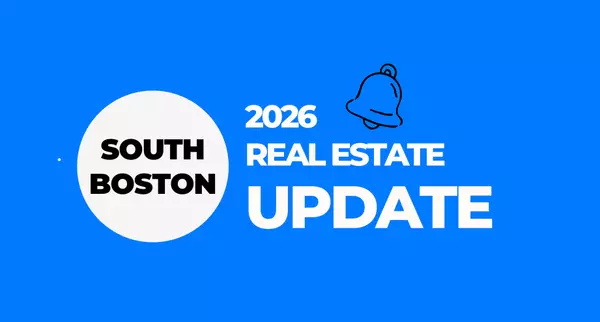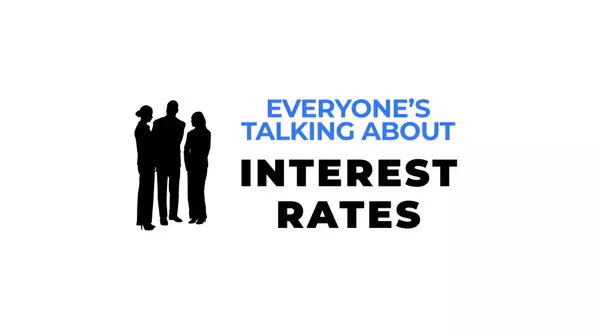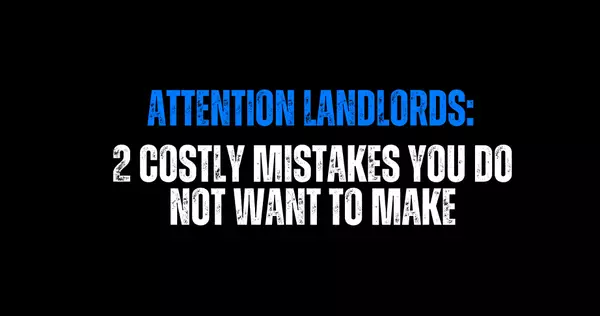Is the Northeast Housing Market Really Immune to a Correction?
I ran a poll last week on my Linkedin profile that sparked some interesting conversation and gave us a revealing look into how people are feeling about the real estate market in the Northeast. The question was: Is the Northeast Housing Market Really Immune to a Correction?
Here were the results:
-
20% said: No, a correction is inevitable
-
31% said: Yes, supply is too limited
-
37% said: Some areas will fall
-
11% said: It depends on rates + labor
The clear takeaway? Most people don’t think the region as a whole is completely immune, but there’s no clear consensus on why or how things might shift. And that ambiguity reflects what many of us are seeing on the ground:
And it mirrors what I’m seeing on the ground where I live in Boston:
-
Transactions have slowed, even in historically high-demand neighborhoods.
-
Many sellers are still anchored to peak pandemic-era pricing.
-
Buyers are cautious, analytical, and more than willing to walk away if the numbers don’t work.
Yes, supply is tight. But affordability is broken.
That’s the central tension playing out across much of the Northeast. We do have a legitimate supply problem. Construction hasn’t kept up with demand for years, and restrictive zoning laws, long permitting timelines, and labor shortages continue to hamper new development.
But supply is only half the equation. Affordability is the other, and it’s arguably in worse shape than ever.
Interest rates are high. Household incomes haven’t kept pace with home values. Cost of living has jumped. And property taxes, insurance, and utilities have all crept up. For many would-be buyers, especially younger households, the Northeast simply doesn’t pencil out.
Even in areas where demand should be strong (walkable neighborhoods with good schools, access to jobs and amenities, etc.) the buyer pool is thinner than expected. Properties are sitting longer. Bidding wars have cooled. And some sellers are quietly making price adjustments, especially if they need to move.
What the population trends tell us:
One data point that keeps coming up in my conversations: Suffolk County, home to Boston, has actually lost population since COVID. This isn’t just about people moving to the suburbs, some are relocating out of state entirely in search of more space, more value, or lower cost of living.
This outflow matters. Population loss reduces local demand, especially for larger or more expensive homes. And while Boston continues to attract renters, students, and professionals, the ownership market has shifted. If this trend continues, it could place even more downward pressure on pricing in areas that were once considered bulletproof.
So is this a correction? Or something else?
Right now, it feels like a slow-motion reset. Prices haven’t crashed, but the frenzy is gone. Inventory is creeping up in some zip codes. And the urgency that defined the past few years has faded.
The market hasn’t broken. But it’s definitely recalibrating.
The big question is what happens next. Will rising wages help close the affordability gap? Will rates come down enough to reignite demand? Or will we see a broader correction, especially if the macro environment weakens further?
What this means for buyers, sellers, and investors:
If you’re a buyer: This market rewards preparation and patience. You have more negotiating power than you did even a year ago, especially if you're financing. Take your time, run the numbers, and don't be afraid to walk away if it doesn't make sense.
If you’re a seller: Pricing strategy matters more than ever. Look closely at what’s actually selling, not just what’s listed. The days of overpricing and waiting for multiple bids are over in many segments. If you need to move, be realistic and be ready to negotiate.
If you’re an investor: Watch the cracks. Distress hasn’t hit broadly yet, but we’re seeing early signs. Owners with adjustable-rate debt or short-term notes may start to feel the pressure. That’s where smart, well-capitalized investors can find opportunities.
Final thoughts
The Northeast isn’t immune. It never was. But what we’re seeing now is a more nuanced, segmented market. Some areas will hold up better than others. Some properties will remain competitive. But overall, the era of runaway price growth is behind us.
And that’s not necessarily a bad thing.
A more balanced, fundamentals-based market is healthier in the long run. It gives buyers more options, helps sellers reset expectations, and rewards strategy over speculation.
So while a full-blown correction may not be here (yet), we’re definitely not in the market we were just a few years ago.
If you're active in development, finance, or investing in the Northeast, I'd love to hear what you're seeing. Because one thing is clear: the market is shifting, and the smartest players are already adjusting their game plan.
Want to discuss your real estate goals? Shoot me an email at Chris@fitzpatrickre.com or DM me at @fitzpatricksouthboston.
Categories
Recent Posts











